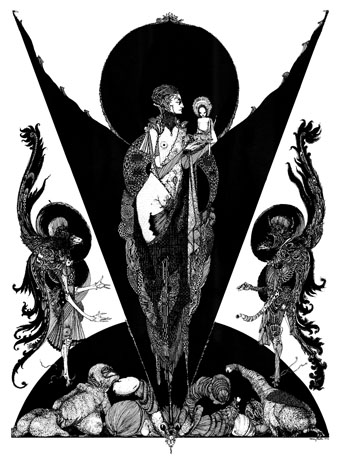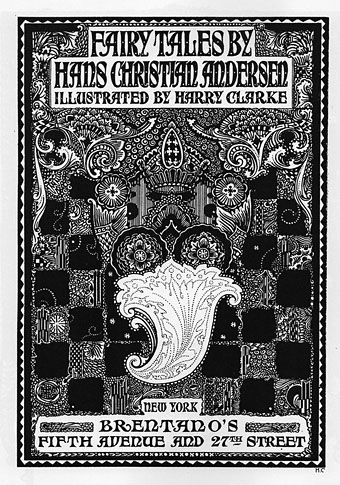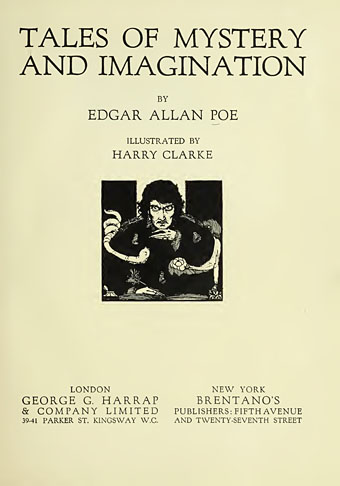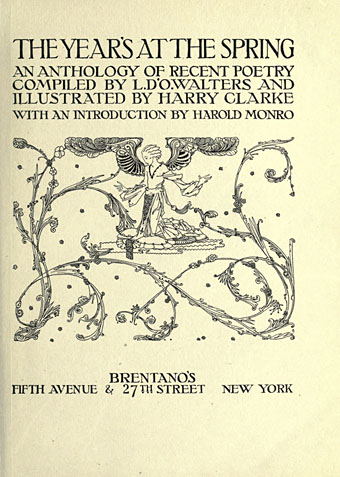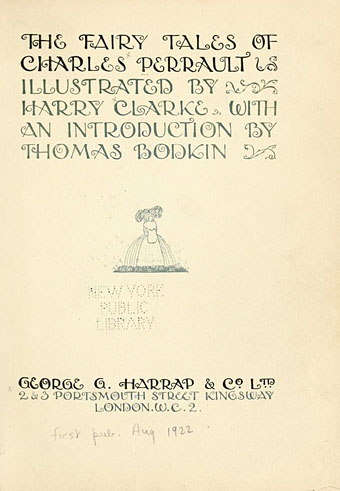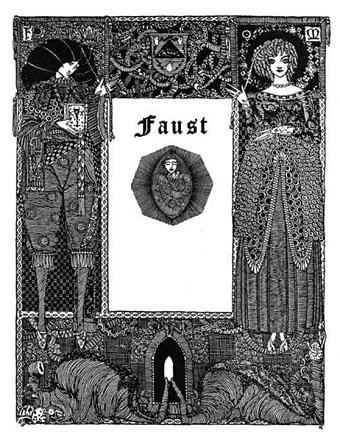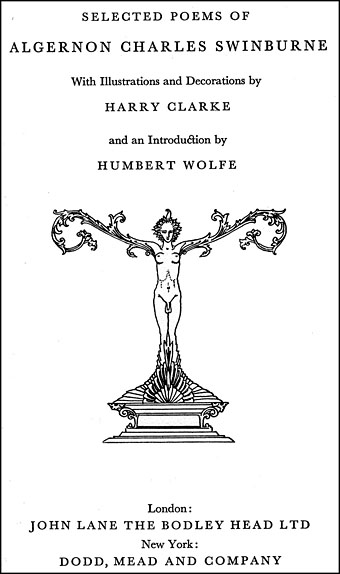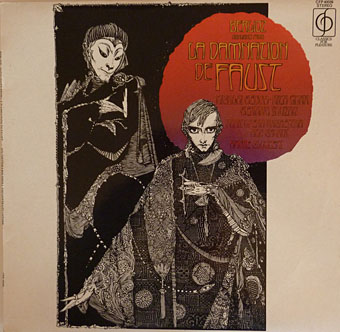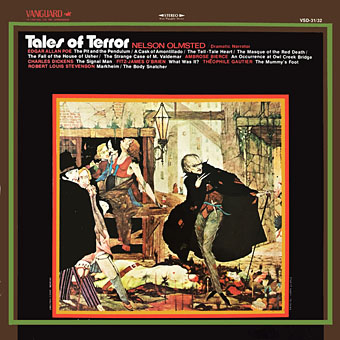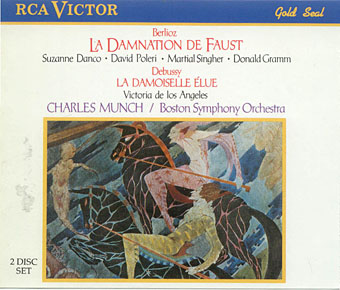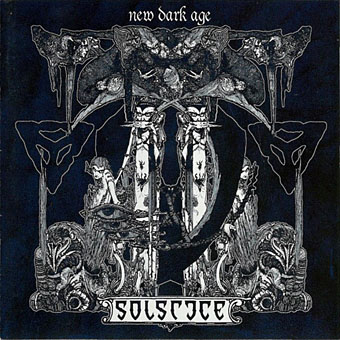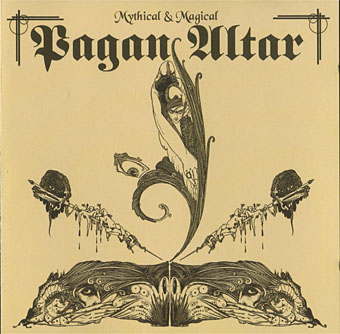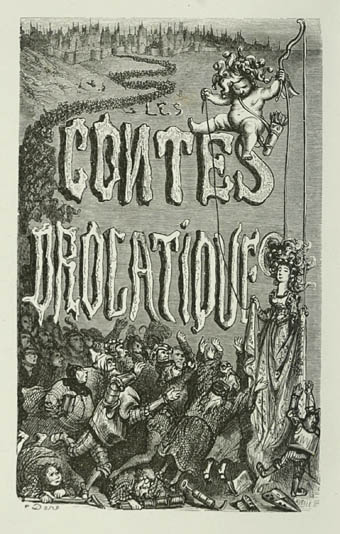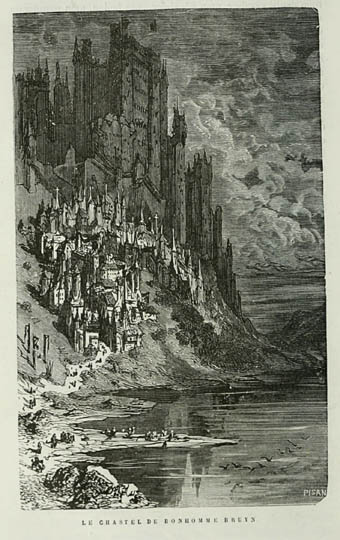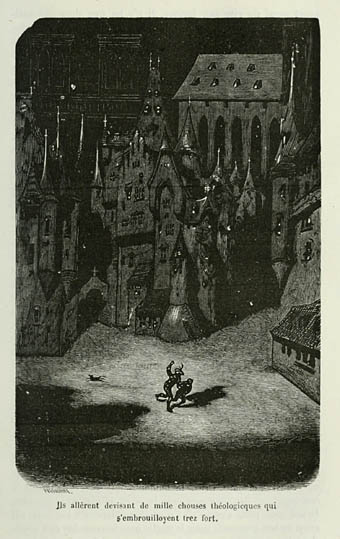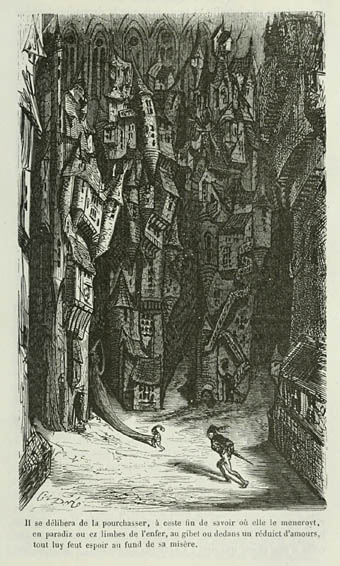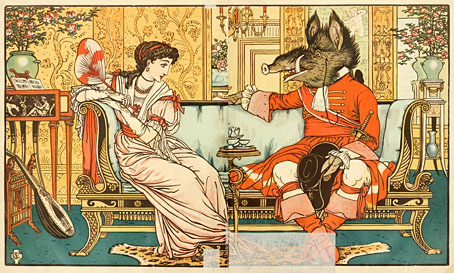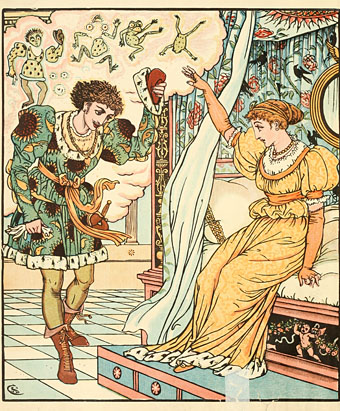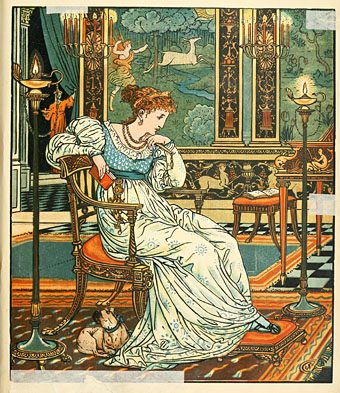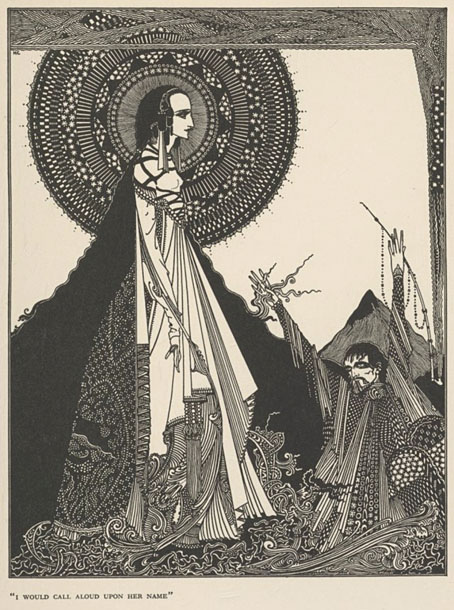
A while back I put together a list of links to freely-available online copies of Harry Clarke’s illustrated books. The list didn’t have any notable omissions but was unsatisfying if you’re like I am and prefer to see scans of an entire book rather than collections of pictures or home-made creations. This illustration of Ligeia is from a 1936 US edition of Clarke’s illustrated Poe which is archived in the digital collection at Poland’s Biblioteka Narodowa. This is the edition for which Clarke created eight new full-page pieces in colour, all of which are happily intact in the Polish copy which may be downloaded as a PDF. A good test of the scanning (and print) quality of this book is the illustration for The Facts in the Case of M. Valdemar, a drawing where Clarke tested the limits of ink reproduction with his closely-hatched lines and speckle effects. I was hoping the Polish library might have more books like this but so far nothing has appeared.
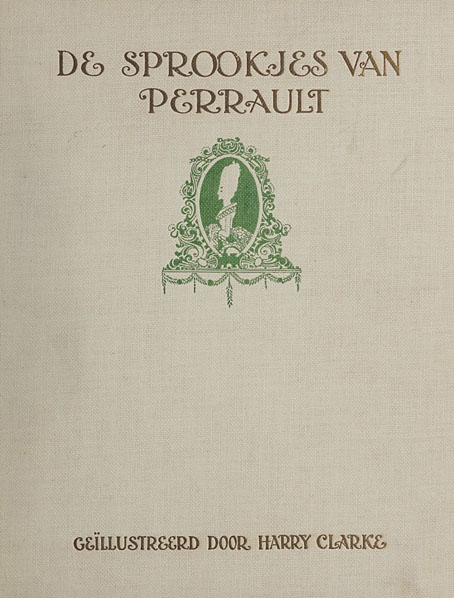
Following this discovery I tried another Clarke search at the Internet Archive where I found this recent upload of a Dutch edition of his illustrated Perrault. The same source has had an English edition of this title for some time but the copy is missing one of the colour plates, plate theft being a perennial problem for library books. Or even non-library books… I own a rather battered first-edition of Clarke’s illustrated Swinburne from which two of the full-page pictures have been carefully removed by a previous owner with a razor blade. And speaking of Swinburne, Clarke’s edition of the Selected Poems is the one I keep hoping to find as an online edition, together with his Faust, even though I own a reprint of the latter book. I suspect the contentious “obscene” drawings in these two volumes have kept copies away from library collections. You can at least find the illustrations for the books easily enough. Still unavailable unless you’re a collector of rare magazines is The Golden Hind, the short-lived arts magazine edited by Clifford Bax and Austin Osman Spare which contained unique contributions from Harry Clarke and many similar artists of the 1920s. That’s one I’ll continue to search for.
Elsewhere on { feuilleton }
• The illustrators archive
Previously on { feuilleton }
• Harry Clarke online
• Harry Clarke record covers
• Thomas Bodkin on Harry Clarke
• Harry Clarke: His Graphic Art
• Harry Clarke and others in The Studio
• Harry Clarke’s Fairy Tales of Charles Perrault
• Harry Clarke in colour
• The Tinderbox
• Harry Clarke and the Elixir of Life
• Cardwell Higgins versus Harry Clarke
• Modern book illustrators, 1914
• Illustrating Poe #3: Harry Clarke
• Strangest Genius: The Stained Glass of Harry Clarke
• Harry Clarke’s stained glass
• Harry Clarke’s The Year’s at the Spring
• The art of Harry Clarke, 1889–1931

